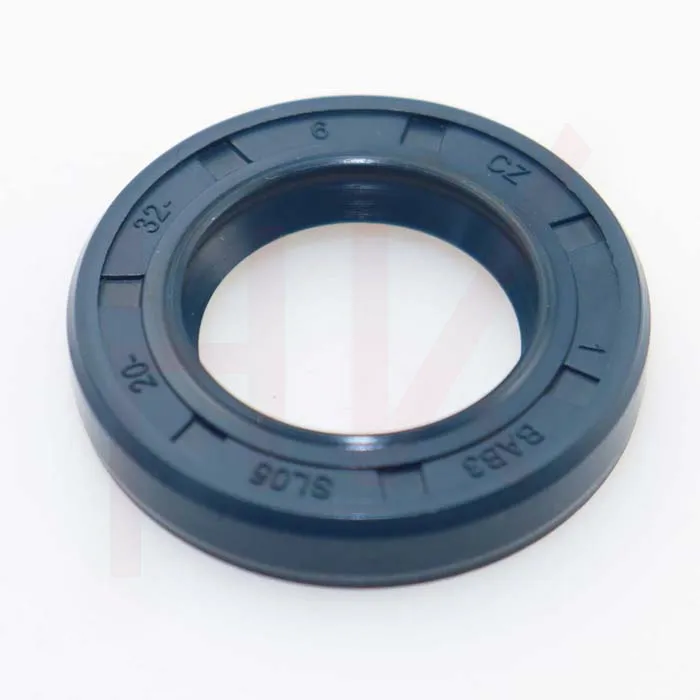Nov . 30, 2024 13:50 Back to list
Understanding the Importance of Rear Hub Seals in Vehicle Maintenance and Performance
Understanding Rear Hub Seals Importance, Types, and Maintenance
When it comes to the efficiency and longevity of a vehicle, even the smallest components play a crucial role. One such component is the rear hub seal. Though it may appear insignificant, this small yet vital part is responsible for maintaining the overall health of the vehicle’s rear axle assembly. In this article, we will explore the importance of rear hub seals, the various types available, and tips for their maintenance.
What is a Rear Hub Seal?
The rear hub seal is a rubber or synthetic seal that is installed at the rear axle of a vehicle. Its primary function is to prevent the leakage of lubrication from the hub and to keep dirt and debris from entering the hub assembly. This sealing mechanism is crucial for ensuring that the bearings operate smoothly, as they rely on the lubricant to reduce friction and heat during operation.
Importance of Rear Hub Seals
The rear hub seals perform several essential functions that contribute to the vehicle's overall performance
1. Lubrication Retention The hub seal helps retain the grease or oil within the hub assembly. This lubrication is essential for the proper functioning of the wheel bearings, which support the weight of the vehicle and facilitate smooth wheel rotation.
2. Dirt and Contaminant Protection By preventing dirt, water, and other contaminants from entering the hub assembly, the rear hub seal protects the internal components from premature wear and corrosion, ultimately extending the lifespan of the bearings and other associated parts.
3. Noise Reduction Well-functioning rear hub seals minimize friction and resultant noise. Worn-out or damaged seals can cause increased friction and noise, which may indicate underlying issues that need addressing.
4. Safety Assurance A leaking rear hub seal can lead to brake failure or wheel bearing issues, posing a significant safety risk. Maintaining the integrity of the rear hub seal is essential for ensuring safe vehicle operation.
Types of Rear Hub Seals
There are various types of rear hub seals available, each designed to cater to different vehicle specifications and conditions
rear hub seal

1. Single Lip Seals These are the most basic type of hub seals, consisting of a single lip that makes contact with the axle shaft. They are effective for light-duty applications but may not provide adequate protection for more demanding conditions.
2. Double Lip Seals Featuring two lips, these seals offer enhanced protection against contaminants and are better suited for heavier applications. The second lip creates an additional barrier, reducing the chances of lubricant leakage and dirt ingress.
3. Automatic or Positive Seal Systems This advanced type of seal uses a spring to maintain constant pressure against the shaft. These seals are particularly effective in high-speed applications or extreme environmental conditions where conventional seals might fail.
Maintenance Tips for Rear Hub Seals
To keep rear hub seals functioning optimally, regular maintenance and inspections are necessary. Here are some practical tips
1. Regular Inspections Periodically inspect the hub area for any signs of grease leakage or wear. Look for cracks, tears, or deformities in the seal material.
2. Lubrication Check Ensure that the hub assembly is adequately lubricated. If you notice a drop in lubrication levels, it's essential to determine the cause, which may include seal failure.
3. Prompt Replacement If a rear hub seal is found to be damaged or leaking, it should be replaced immediately. Delaying this can lead to more extensive damage, including bearing failure, which can be costly to repair.
4. Professional Assistance If you are unfamiliar with inspecting or replacing rear hub seals, seeking help from a qualified mechanic is advisable. They can provide accurate assessments and ensure that seals are properly installed, reducing the risk of future issues.
Conclusion
Rear hub seals may not be the most glamorous component of a vehicle, but their importance cannot be overstated. By performing their critical functions of retaining lubrication and preventing contamination, they play a vital role in the performance and safety of the vehicle. By understanding their significance and committing to regular maintenance, vehicle owners can ensure their automobiles continue to operate smoothly for years to come.
-
TCN Oil Seal Metal Ring Reinforcement for Heavy Machinery
NewsJul.25,2025
-
Rotary Lip Seal Spring-Loaded Design for High-Speed Applications
NewsJul.25,2025
-
Hydraulic Cylinder Seals Polyurethane Material for High-Impact Jobs
NewsJul.25,2025
-
High Pressure Oil Seal Polyurethane Coating Wear Resistance
NewsJul.25,2025
-
Dust Proof Seal Double Lip Design for Construction Equipment
NewsJul.25,2025
-
Hub Seal Polyurethane Wear Resistance in Agricultural Vehicles
NewsJul.25,2025
-
The Trans-formative Journey of Wheel Hub Oil Seals
NewsJun.06,2025
Products categories
















